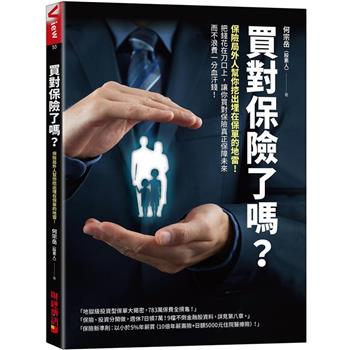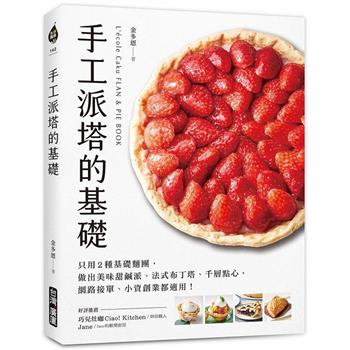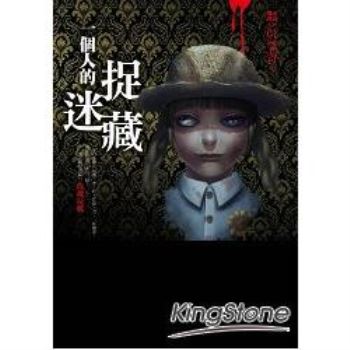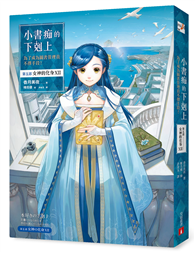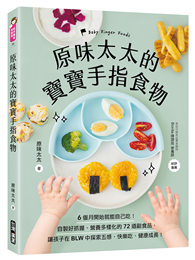Through experiments in form and syntax, Resemblance/? builds structures of (un)recognizability and (il)legibility in its attempt to create spaces where new meanings, new uses of language, and new selves may emerge. In the process, Chou uncovers his family’s relationship to traumatic moments in Taiwan’s modern history, in particular the period of martial law known as the White Terror and the " 228 Incident" of February 28, 1947, in which as many as 28,000 civilians were killed by soldiers of the Nationalist government under Chiang Kai-shek. Throughout the collection, Chou draws on archival research and images, including a discovery of a misattributed image, to critique the role of photography and visual culture more broadly in both mediating access to and misrepresenting buried histories and generational trauma. Sweeping in scope and filled with fragments, beyonds, and restricted areas, Chou’s debut collection longs less for facts than a renewed relationship to loss and longing itself.
| FindBook |
有 1 項符合
Resemblance的圖書 |
 |
Resemblance 作者:Chou 出版社:Saturnalia Books 出版日期:2024-10-15 語言:英文 規格:平裝 / 72頁 / 普通級/ 初版 |
| 圖書館借閱 |
| 國家圖書館 | 全國圖書書目資訊網 | 國立公共資訊圖書館 | 電子書服務平台 | MetaCat 跨館整合查詢 |
| 臺北市立圖書館 | 新北市立圖書館 | 基隆市公共圖書館 | 桃園市立圖書館 | 新竹縣公共圖書館 |
| 苗栗縣立圖書館 | 臺中市立圖書館 | 彰化縣公共圖書館 | 南投縣文化局 | 雲林縣公共圖書館 |
| 嘉義縣圖書館 | 臺南市立圖書館 | 高雄市立圖書館 | 屏東縣公共圖書館 | 宜蘭縣公共圖書館 |
| 花蓮縣文化局 | 臺東縣文化處 |
|
|
圖書介紹 - 資料來源:博客來 評分:
圖書名稱:Resemblance
內容簡介
作者簡介
Jonathan Chou is an Asian American poet, psychiatrist, and educator. He is the author of the poetry chapbook, Pomes, which was selected as a semifinalist for the 2022 Tupelo Press Snowbound Chapbook Award. His writing has appeared in Synapsis: A Health Humanities Journal, The Healing Muse, and elsewhere. He teaches in the Master of Science in Narrative Medicine Program at the Keck School of Medicine of the University of Southern California. He grew up in Taipei, Taiwan, and currently lives in Cambridge, Massachusetts.
|
